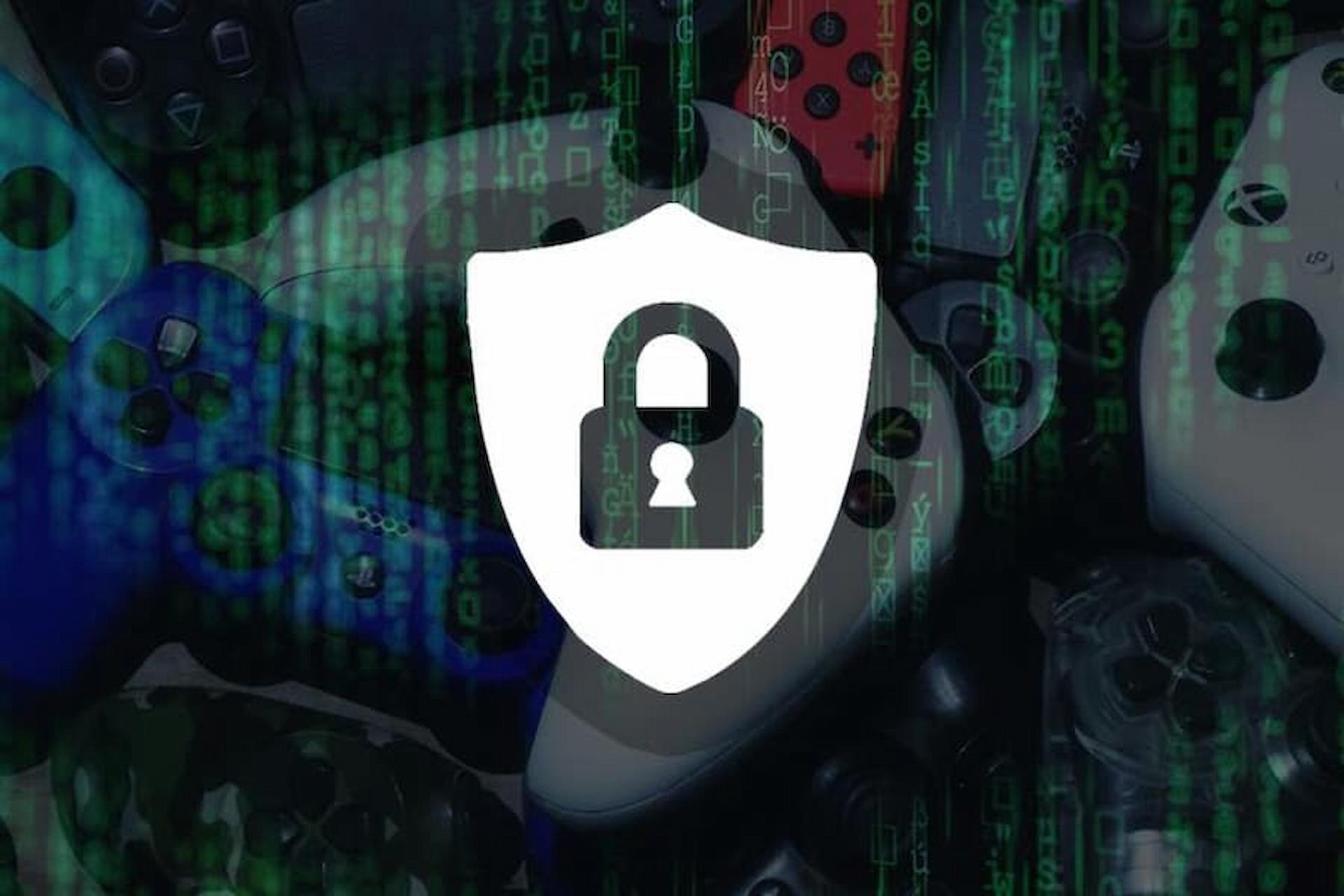Implementing multi-layered security measures for your digital content is crucial to protect it from unauthorized access and piracy. Here are some steps to follow to implement multi-layered security measures:
Conduct A Risk Assessment: Before implementing any security measures, it’s essential to conduct a thorough risk assessment to identify potential vulnerabilities and risks to your digital content.
Implement DRM: Digital Rights Management (DRM) is a software-based solution that restricts access to digital content. Implementing DRM is the first line of defense against piracy.
Use Encryption: Encryption is the process of encoding information in a way that only authorized parties can access it. Implementing encryption is a key layer of security to protect your digital content.
Use Watermarking: Watermarking is a technique that embeds a unique identifier into the digital content. This can help to identify the source of unauthorized distribution.
Use Access Controls: Access controls are mechanisms that limit access to digital content to authorized users only. This can include things like username and password authentication, multi-factor authentication, and access control lists.
Monitor And Analyze: It’s crucial to monitor your digital content and analyze access logs to identify potential security breaches. This will help you to proactively address any vulnerabilities in your security system.
Another emerging technology that could impact DRM and anti-piracy measures is artificial intelligence (AI). AI-powered tools can be used to identify and track instances of piracy and copyright infringement, which could help to improve enforcement in developing countries. Additionally, AI could be used to create more sophisticated DRM systems that are better able to protect digital content from piracy.
In conclusion, protecting digital content in developing countries is a complex and multifaceted challenge. Piracy, lack of reliable internet access, and weak copyright enforcement are just some of the challenges that content creators and copyright holders face. However, emerging technologies such as blockchain and AI offer new opportunities to improve DRM and anti-piracy measures. As these technologies continue to develop, it is important for copyright holders, governments, and technology companies to work together to find innovative solutions to these challenges.
The digital age has brought many advancements and conveniences to society, but it has also brought about new challenges for content creators and copyright holders. One of the biggest challenges is protecting digital content from piracy, especially in developing countries where the legal systems and enforcement mechanisms may not be as robust as in developed nations.
By implementing multi-layered security measures, you can better protect your digital content from piracy and unauthorized access. It’s important to regularly review and update your security measures to ensure that they are effective against emerging threats.

